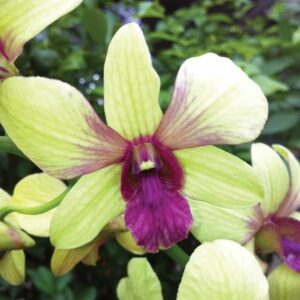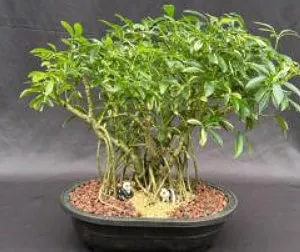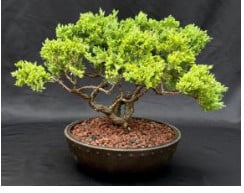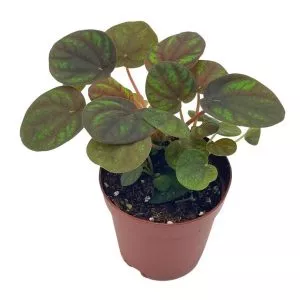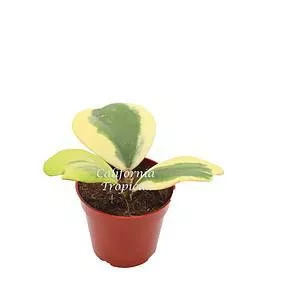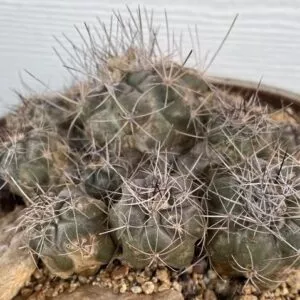No products in the cart.
In the Hydrangea varieties, you can find many beautiful cultivars. Yet one classic one deserves a spot in your foundation plantings, the Nikko blue hydrangea. This bigleaf hydrangea with its blue flower buds looks spectacular anywhere in the yard.
Plant Name: Hydrangea macrophylla ‘Nikko Blue’
Other Name: Nikko Blue Hydrangeas
Plant Type: Deciduous shrubs
Native Areas: Japan
Light Requirement: Full sun to partial shade
Watering: Average
Fertilizer: Slow-Release Fertilizer
Toxicity: Toxic to Humans and Pets
Temperature: down to 30°F
Propagation: Stem cuttings and ground layering
Growth: 4 feet tall and up to 5 feet wide
Soil Type: Acidic Soils
USDA Hardiness Zones: 6-9
More About Nikko Blue Hydrangea

The Nikko blue hydrangea is a bigleaf hydrangea cultivar part of the Hydrangea macrophylla genus. Many people call them the mophead hydrangeas as they have oversized blooms. The foliage is thick, adding loads of greenery to foundation plantings.
Still, of all the species, this one is the least resistant to cold to grow in zones 6-9. It is a deciduous shrub that can reach heights of 4 feet tall and 4 feet wide, and even higher. The shrub blooms rounded flower heads.
While the flower color is typically blue, it is not always the case, as the color changes depending on the soil’s pH. Yet, most of the time, it has a sky-blue color. But when the soil pH moves to the alkaline side, you get purple to pink flowers.
The Nikko blue hydrangea blooms in early summer and continues with healthy buds growing for up to two months. The shrub produces new flowers throughout the summer. Thus it makes for a beautiful accent plant.
So, you can choose the soil type you want, from acidic to alkaline soils, to determine your plants’ color.
Nikko Blue Hydrangea Care
Hydrangea makes for lovely cut flowers; these flowering shrubs allow you to decide what flower color you want. Still, all Hydrangea macrophylla species have similar care needs you can find here.
The Flower Color Depends on The Soil’s pH
No matter if you have the Hydrangea macrophylla Nikko blue or any other cultivar, the same rule applies to the soil. Provide your flowering shrub with rich yet moist soil that drains well.

So, give your outdoor shrub enough drainage, allowing excess moisture to drain away from the root ball. Luckily you can easily change the color of your Bigleaf hydrangea. To have blue flowers, ensure it grows in acidic soil.
For pink flowers, grow them in alkaline soils. Thus for a rich blue color, you can add soil acidifier to the soil. In addition, you can add aluminum sulfate and gypsum to help lower the soil pH. You can apply them every few months to reach the desired level.
Alternatively, you can add Espoma Holly Tone to keep them blue. If you want to change your blue hydrangea to purple or pink, add garden lime to raise the pH of your acidic soil to make it more neutral.
You can apply it in early spring or at the start of fall. The best to determine the soil pH is to take a soil test.
Lighting Needs Full Sun to Partial Shade
While the Nikko blue hydrangea can tolerate direct sunlight in the morning, providing it with afternoon or part shade is best. If you live in the South, we recommend more shade. While living in cooler climates, full sun is best. The important thing is to provide your Nikko Blue with eight hours of sunlight.
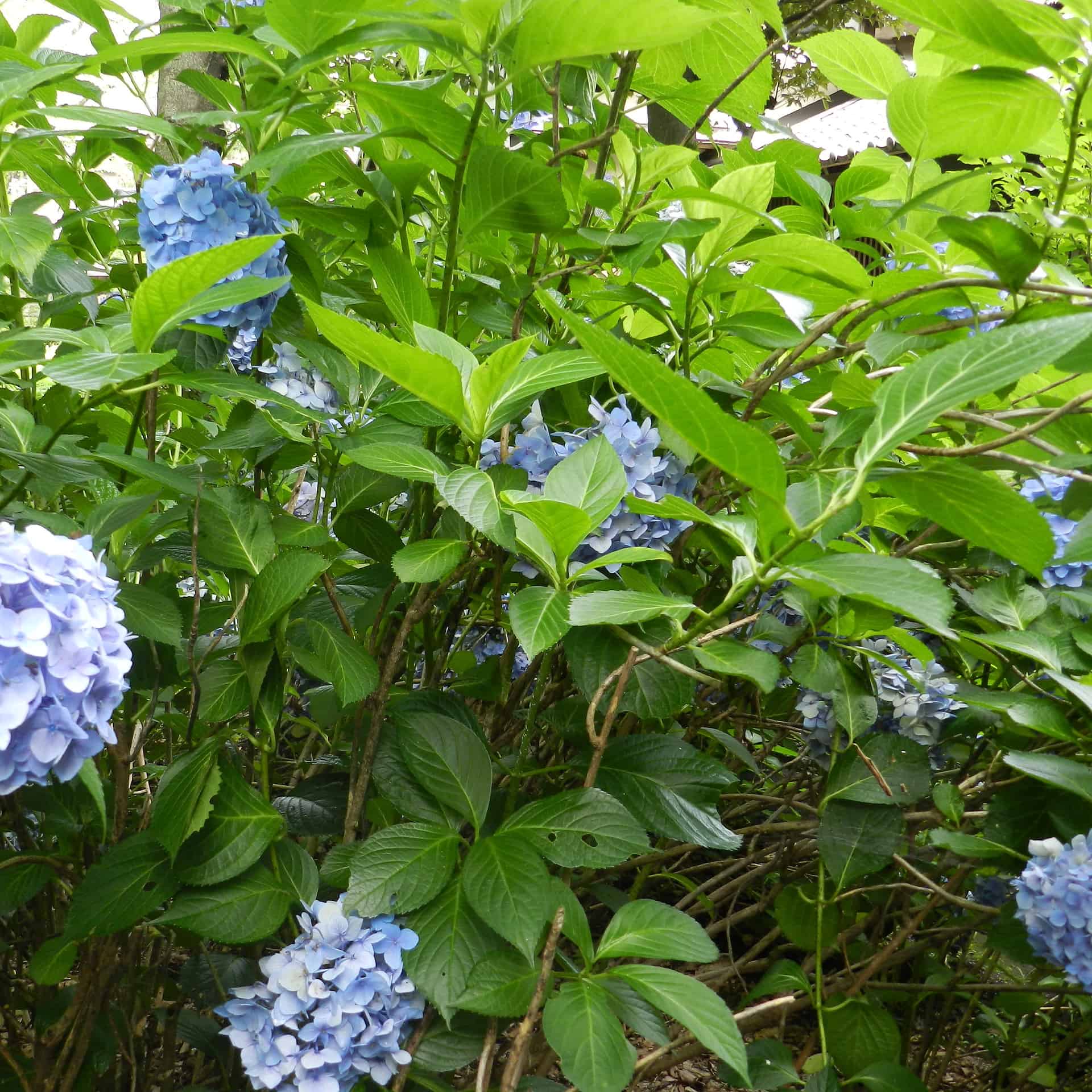
Aside from these shade-loving plant hydrangeas, you may also check our The Best Flowers That Grow in Shade Gardens article for further options.
Watering Nikko Blue Hydrangeas
Water them several times weekly when young plants still try to become established. It will help them establish a robust root system. Mature plants can tolerate some drought and receive water from rainfall.
But if you have dry spells, we recommend providing them with one inch of water per week. Also, water your Nikko blue hydrangeas at the base and avoid overhead watering, which can lead to fungal infections.
Temperature and Humidity
Hydrangea macrophylla can grow in different climates, and you can even overwinter them in some regions. A mature plant can tolerate temperatures down to 30°F, but your younger plants must be kept above this range.
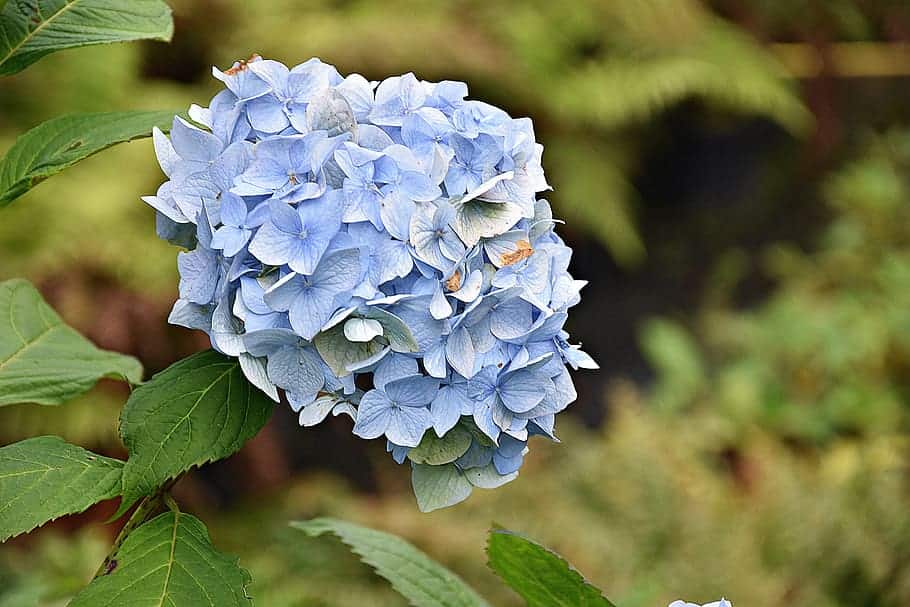
Blue hydrangeas like high humidity and can thrive in moist heat during summer. But when the air becomes dry, the leaves start to sag. Another important thing is to provide your outdoor plant with air circulation to prevent diseases.
Fertilizing Nikko Blue Hydrangeas in Early Spring
Unless you want to change the hues of your shrub, you only need to provide your plants with feed once a year. You can, in early spring, provide your Hydrangea macrophylla Nikko Blue, a slow-release fertilizer made for shrubs. Or you can use an organic one.
-
Free Shipping$39.99Sold By: Aloha Hawaii Orchids
$44.99In stock
Delightful Dendrobium Chocolate Chip Fragrant Orchid Comes in 4″ Pot Live Plant From Hawaii
Rated 4.65 out of 5 based on 268 customer ratings01Sold By: Aloha Hawaii Orchids -
Free Shipping$39.99Sold By: Aloha Hawaii Orchids
$44.99In stock
Dendrobium Orchid Thongchai Gold ‘Virog’
Rated 4.65 out of 5 based on 268 customer ratings00Sold By: Aloha Hawaii Orchids -
Free Shipping$313.45Sold By: BONSAI WORLD LLC
In stock
Variegated Hawaiian Umbrella Bonsai Tree Banyan Style
Sold By: BONSAI WORLD LLC -
Free Shipping$332.09Sold By: BONSAI WORLD LLC
Only 1 left in stock
Juniper Bonsai Tree – Trained (juniper procumbens nana)
Sold By: BONSAI WORLD LLC
Pruning Nikko Blue Hydrangea
When you need to prune your Nikko Blue, an important thing to remember is that compared to other plants; it blooms on old wood. Hence it will bloom on the previous year’s growth.
So the best time to prune is in summer after the flowering period ends. Then, you can cut back the stems to healthy buds or prune out winter-damaged stems in early spring.
Furthermore, not losing any flowers the next year helps to prune in early fall before new buds form. Dead branches you can remove at any time.
Propagation of Hydrangea Macrophylla Nikko Blue
If you already have the Nikko Blue growing in the garden and want more of them, propagating is a great way to achieve this. The best way to do this is with softwood cuttings or ground layering.
The best time to take softwood cuttings is in late spring or early summer. Choose a 12-inch section with a few sets of leaves on them. Next, dip the cut end into a rooting hormone and stick it into the planting soil.
Once the cutting forms roots, you can transplant them to your garden or repot them into a larger container until it grows more. For garden layering, select one of the low-growing branches.
Next, remove the leaves and some of the bark and dig a shallow hole. Place the branch into the hole and place a stone to weigh it down. Cover it with soil to help the roots form from the exposed growth points.
Once roots develop, you can remove that branch from the mother plant and place it in another garden section.
Nikko Blue Hydrangea Similar Plants
One of the most popular hydrangea shrubs is the bigleaf hydrangea; the Nikko Blue is part of this group. But there are other varieties, and here are some of our favorites:
Hydrangea macrophylla Endless Summer

The Endless Summer is true to its name and known as a repeat bloomer. It is a hardy plant to grow in zones 4-9. You can choose to have a higher alkaline soil or acidic soil to change the colors of the flowers.
Hydrangea macrophylla Variegata
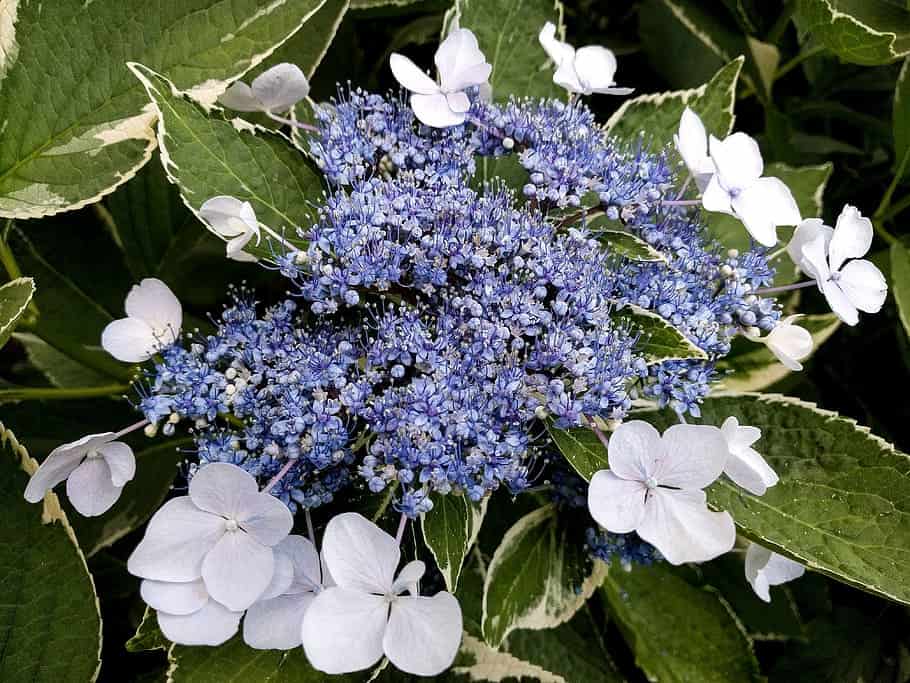
The variegata boasts flower stems with lacecap flowers and has variegated leaves.
Hydrangea macrophylla Mariesii Perfecta
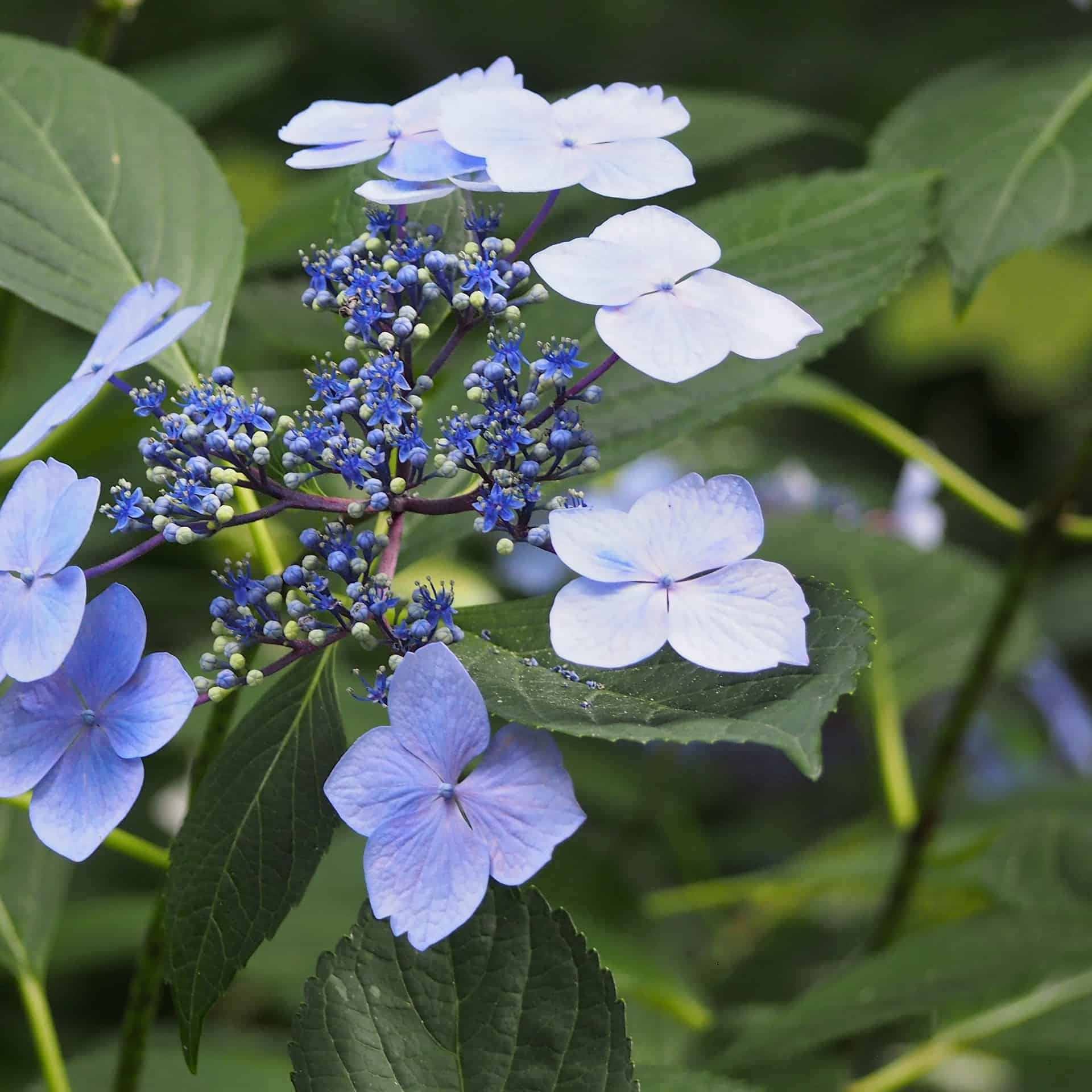
The Blue Wave is one of the better-known varieties found in the lacecap group.
Nikko Blue Hydrangea Common Diseases and Pests
The Nikko blue hydrangea encounters many common pests and diseases. One plant disease is botrytis blight. These fungal diseases kill the buds before it opens, also known as bud blight.
Another concern is leaf spots showing up as brown or purple on the foliage. It can result from excess water done with overhead watering and not at the base of the plant. To prevent this, increase air circulation allowing the leaves to dry.
Other plant diseases are powdery mildew and bacterial wilt affecting this deciduous shrub. Pests that eat holes in the foliage are aphids. You can treat the infestation with neem oil or a mild insecticide.
Frequently Asked Questions
For your hydrangea to bloom, you need to prune them correctly, as incorrect pruning leads to bud damage in winter and early spring. Another important thing is to provide your flowering plant with the right location with morning sunlight and afternoon shade. Hydrangeas bloom on old wood, but some varieties can bloom on new wood or both.
To keep the color of the flowers blue, add aluminum sulfate to the soil for your deciduous shrub. It will ensure the flower stems develop a deep blue hue on the flower heads.
Incorrect pruning can result in your deciduous shrub not blooming. Ensure that it receives some direct sun in the morning and warmer climates only with partial sun. Keep the soil moist during the growing season and provide enough air circulation for the whole plant.
Bigleaf is one of the most beautiful hydrangeas; you can change the color according to your needs. This plant makes for gorgeous cut flowers as well.
Whether you want to buy, sell, or simply reach out to other plant enthusiasts, Plantly is the right place to be!
-
$6.99Sold By: BubbleBlooms
In stock
Red and Green Ripple Peperomia Frost, 2 inch, (brownish) Emerald Ripple Pepper, caperata, albovittata
Only 99 available and it’s in 3 people’s basketRated 4.81 out of 5 based on 279 customer ratings00Sold By: BubbleBlooms -
$12.00Sold By: Beauties & Beasts
$15.00In stock
Cactus -Opuntia microdasys var. pallida f. cristata
Rated 4.83 out of 5 based on 24 customer ratings00Sold By: Beauties & Beasts -
Free Shipping$39.99Sold By: California Tropicals
In stock
Hoya Kerrii Variegated 3+Leaves– 4″ from California Tropicals
Only 35 available and it’s in 1 people’s basketRated 4.96 out of 5 based on 25 customer ratings04Sold By: California Tropicals -
$12.00 – $20.00Sold By: Beauties & Beasts
Cactus- Copiapoa humilis var longispina
Rated 4.83 out of 5 based on 24 customer ratings00Sold By: Beauties & Beasts

